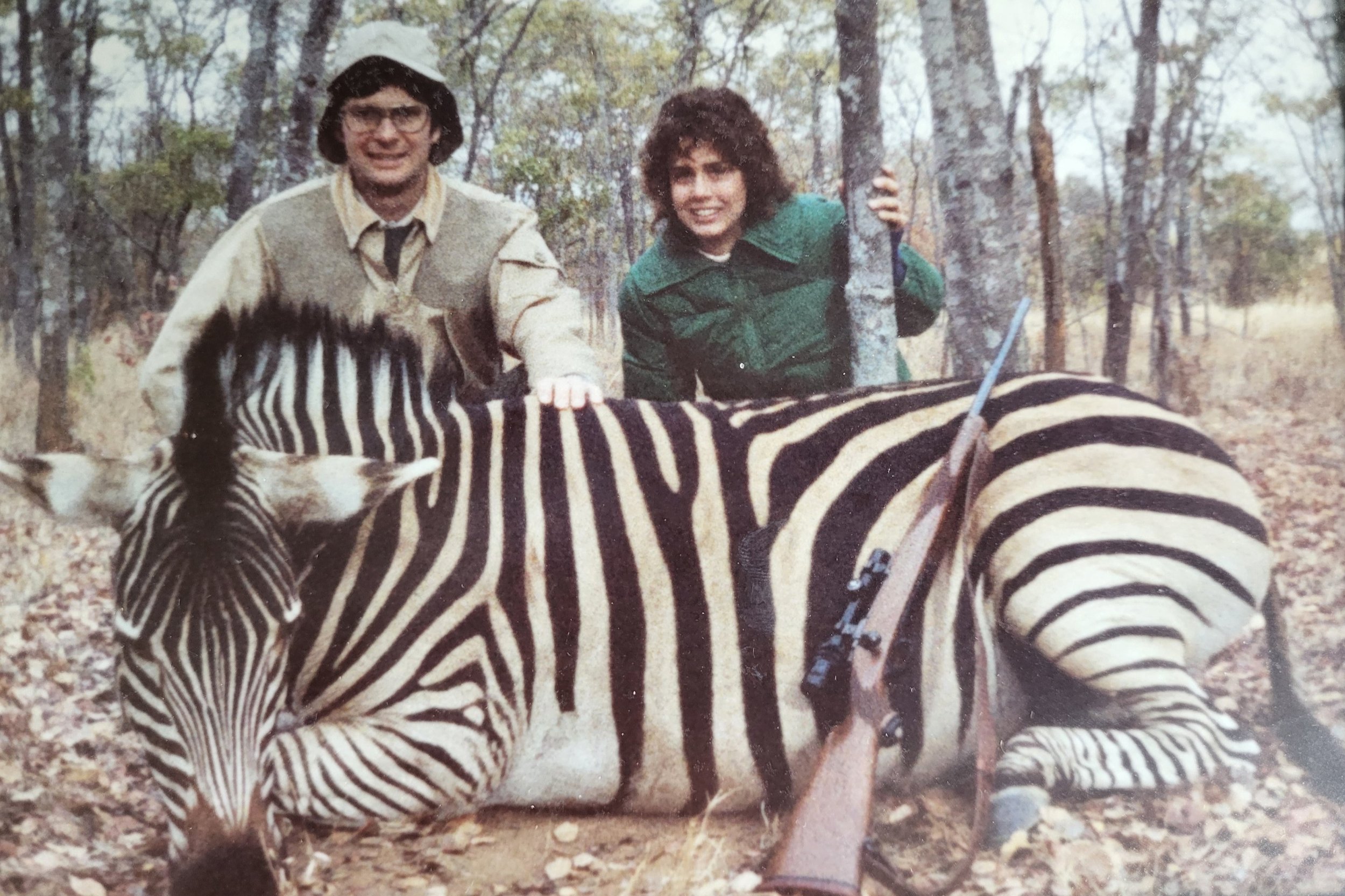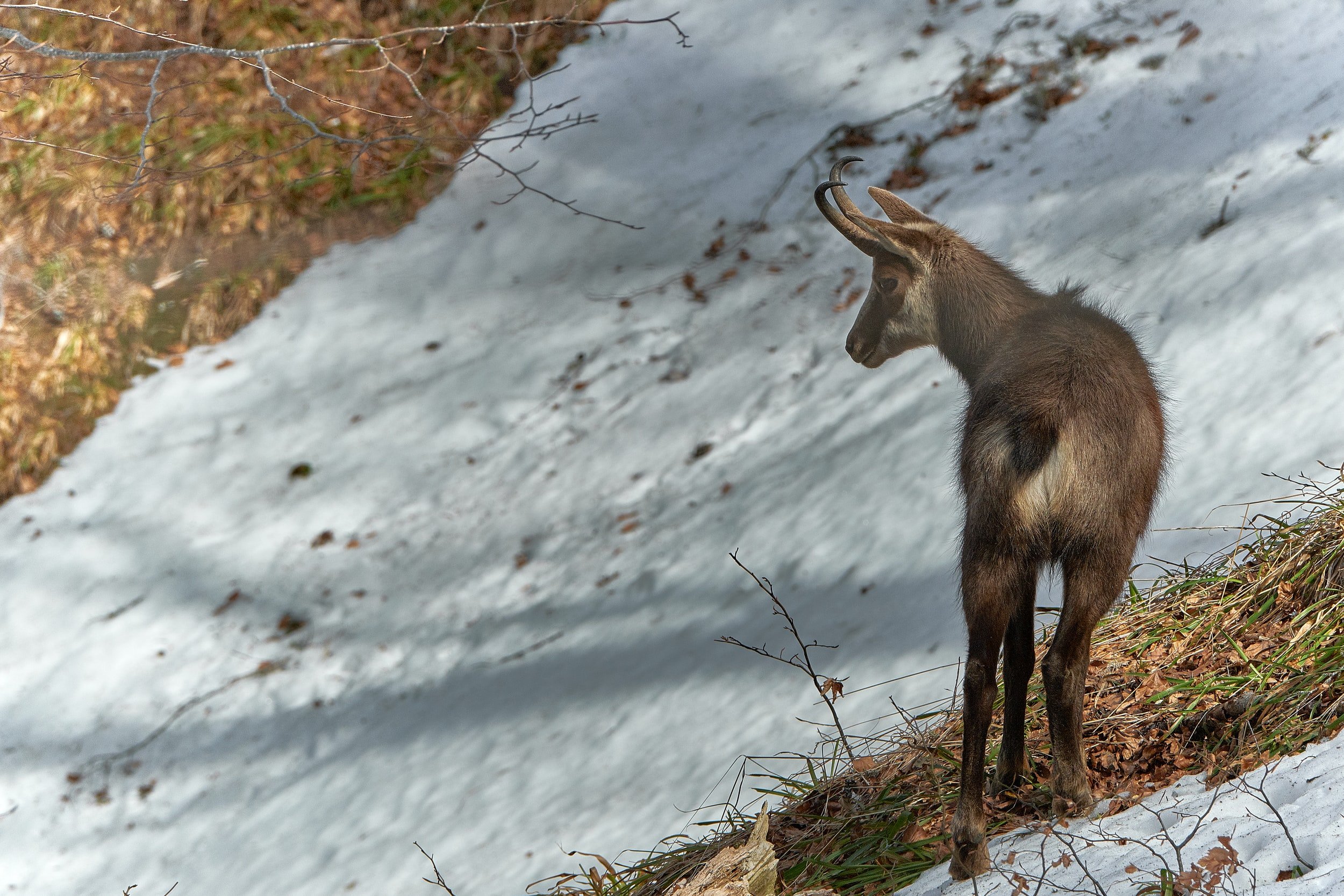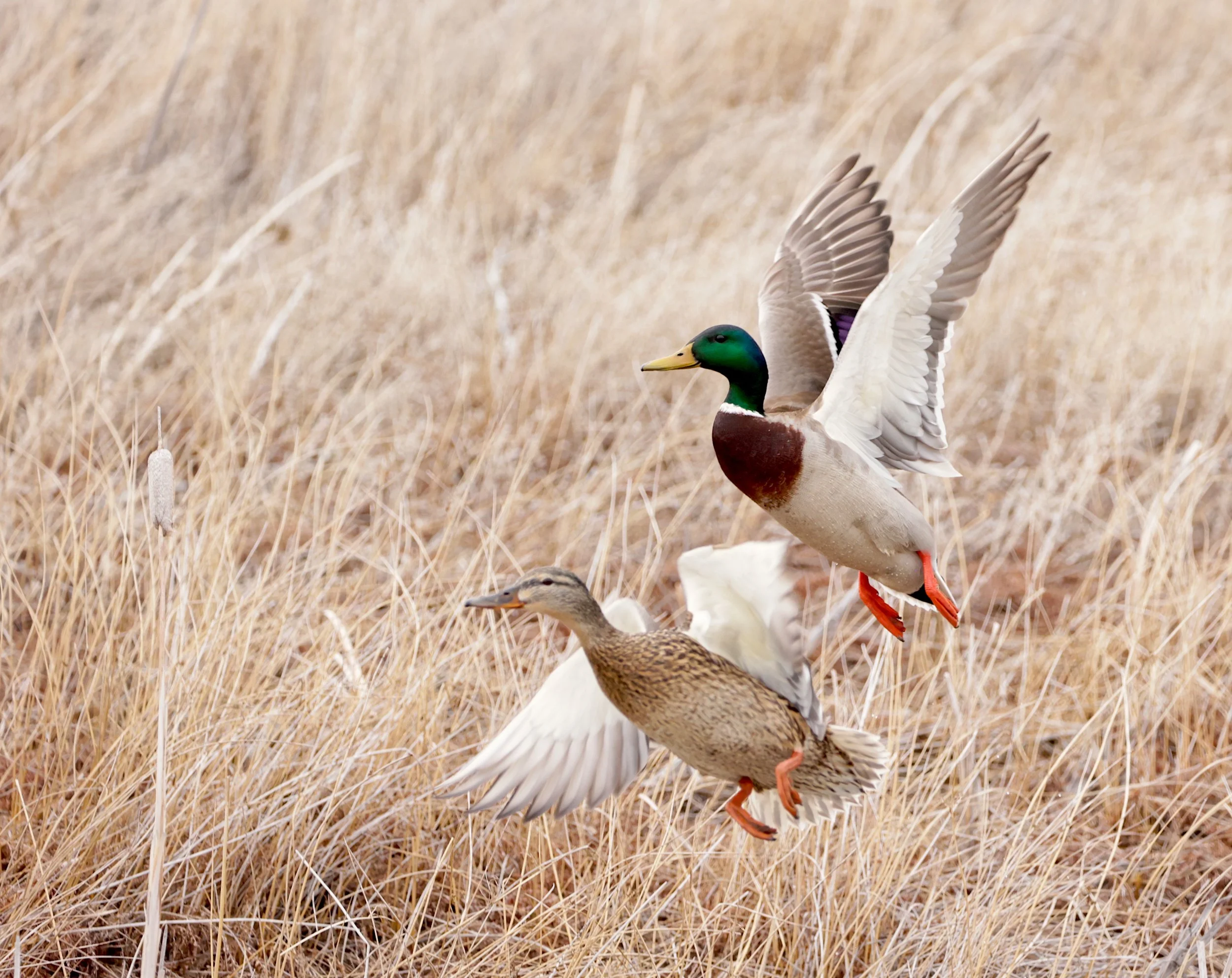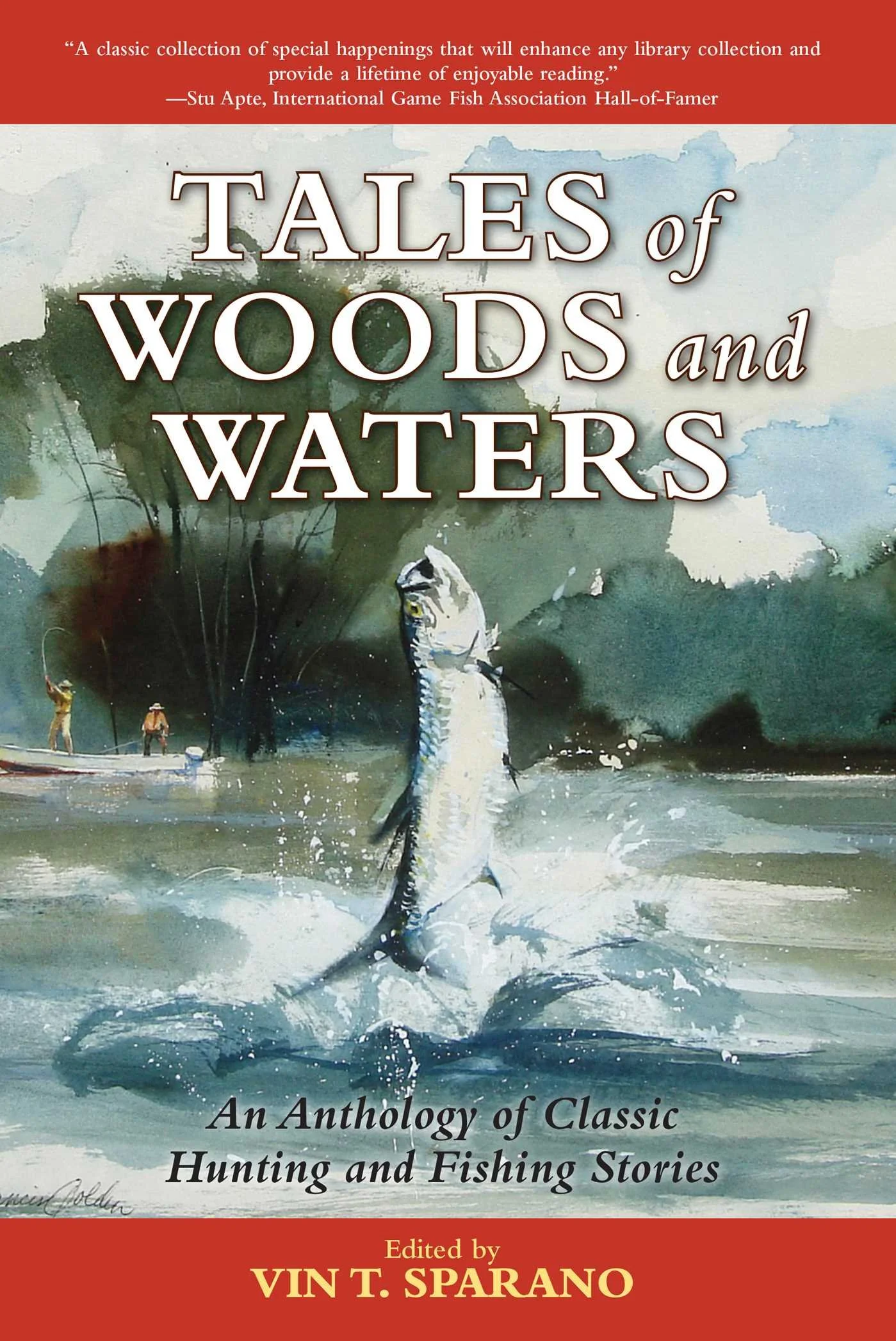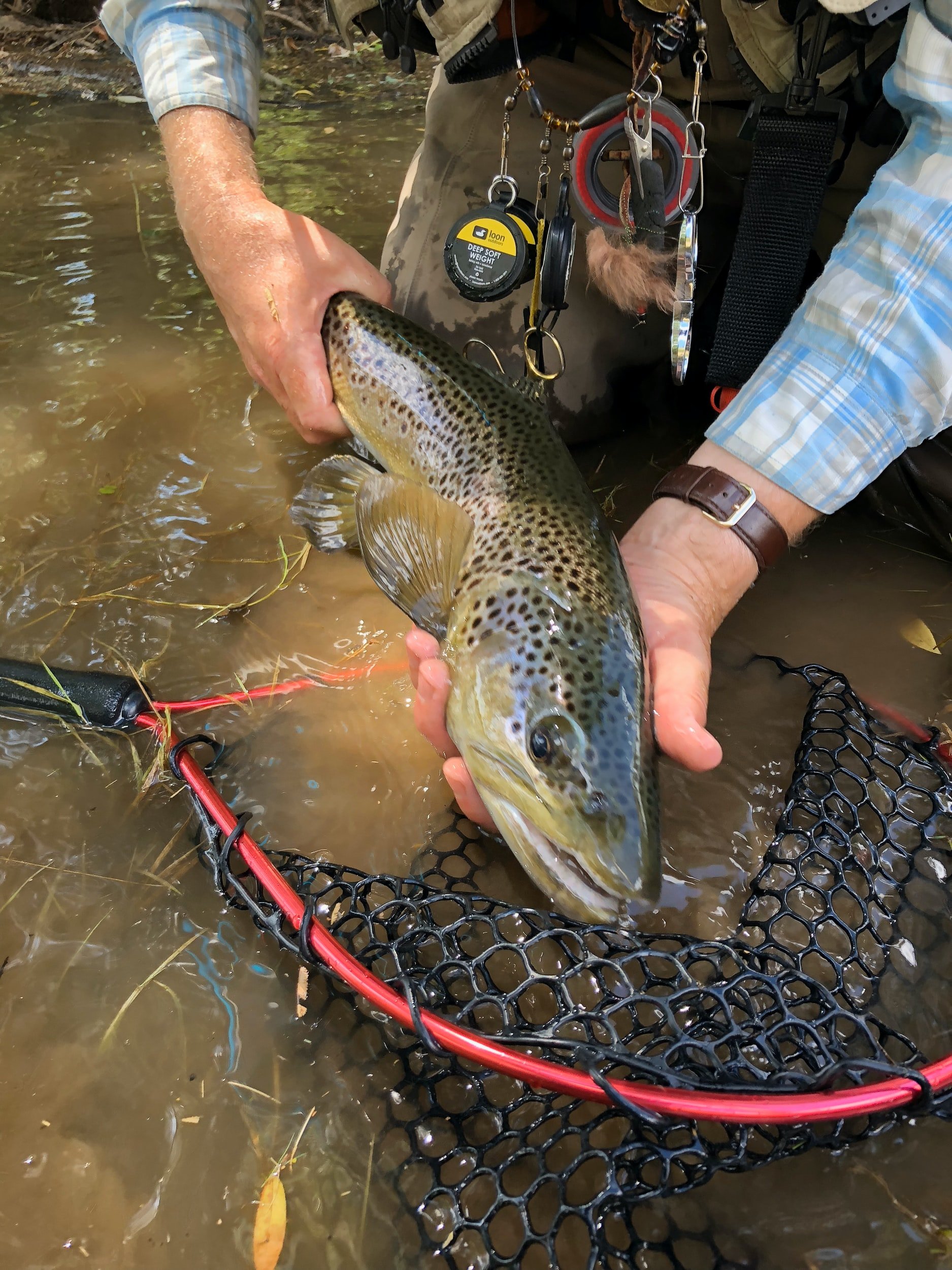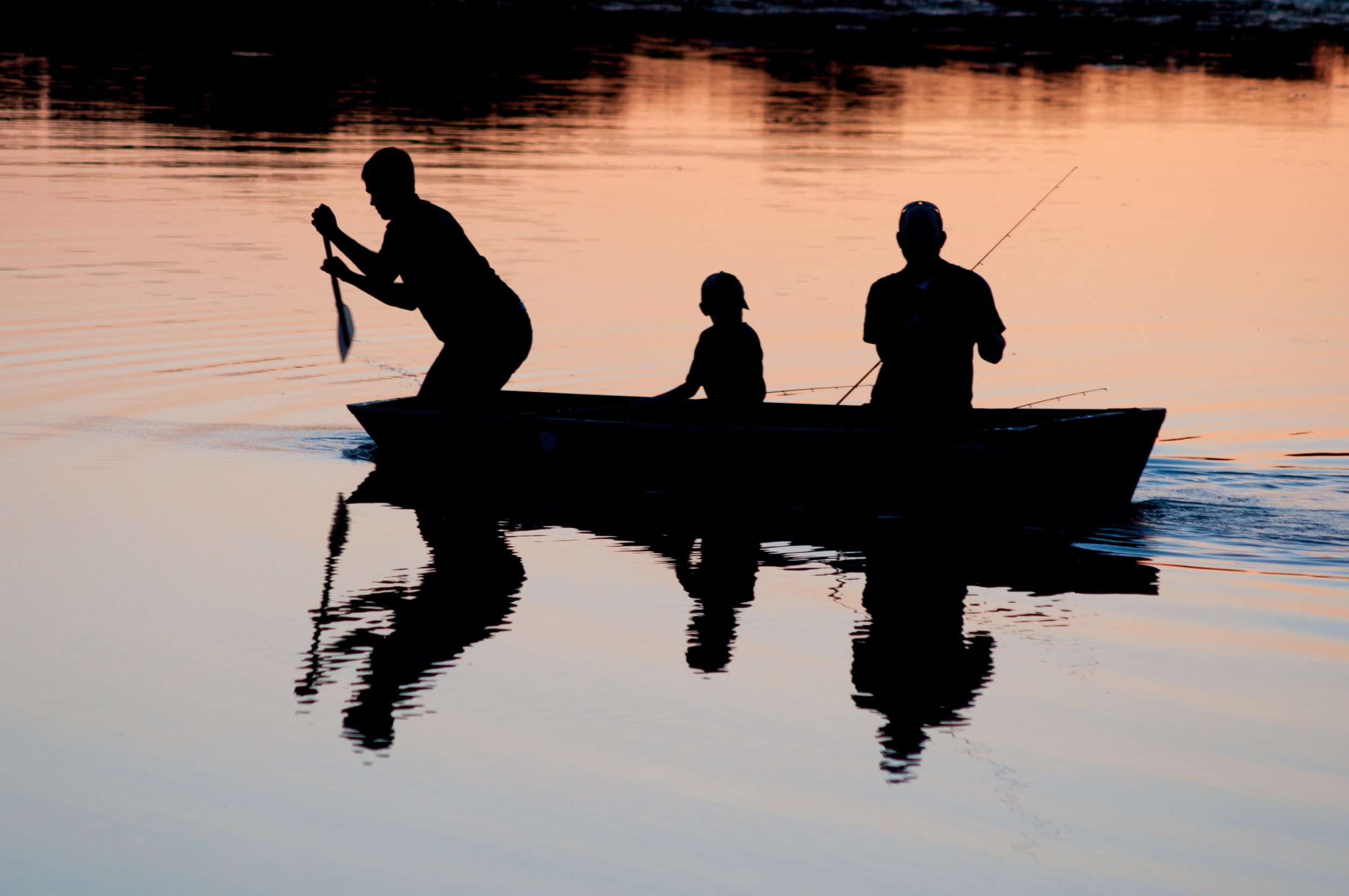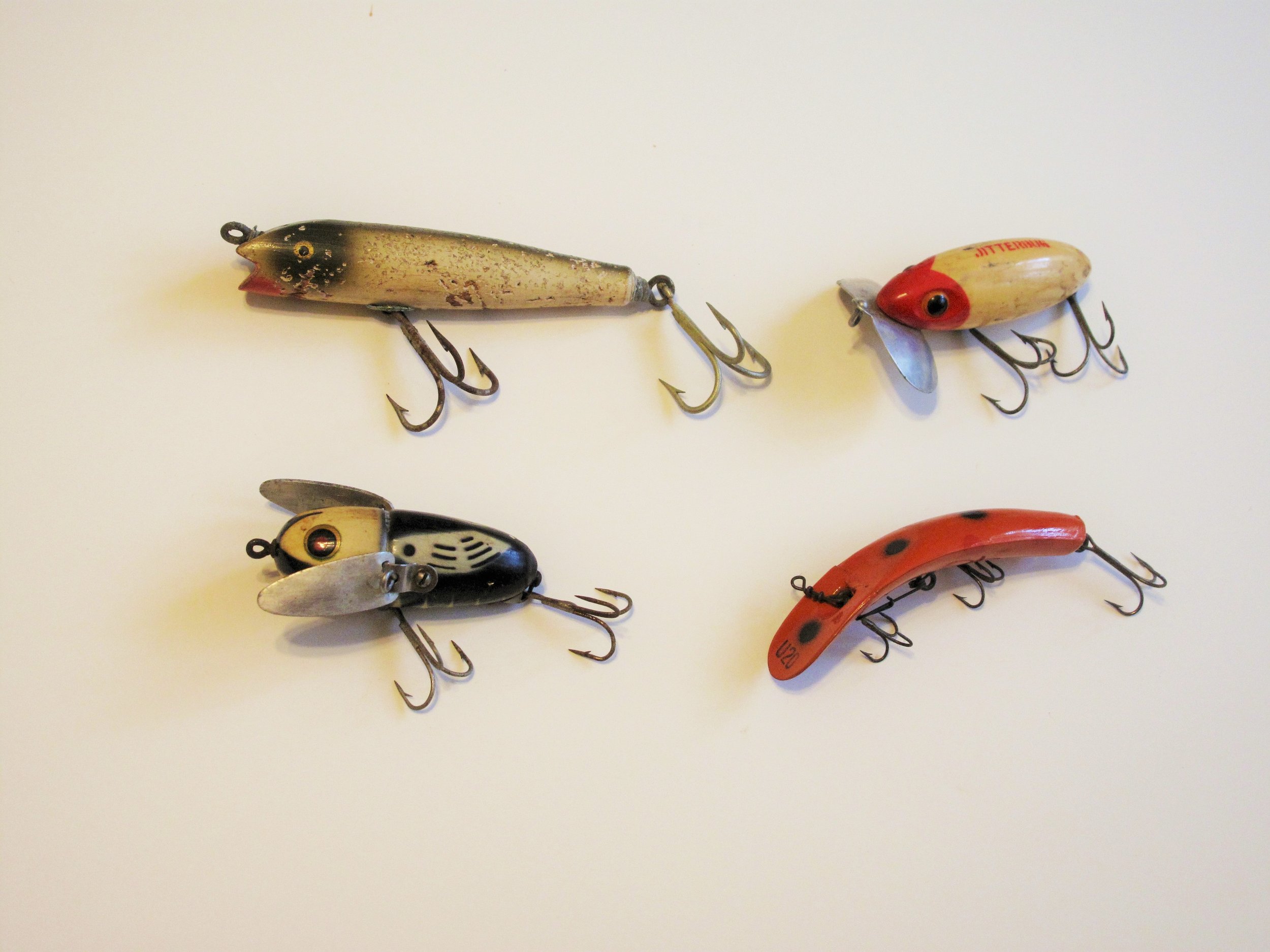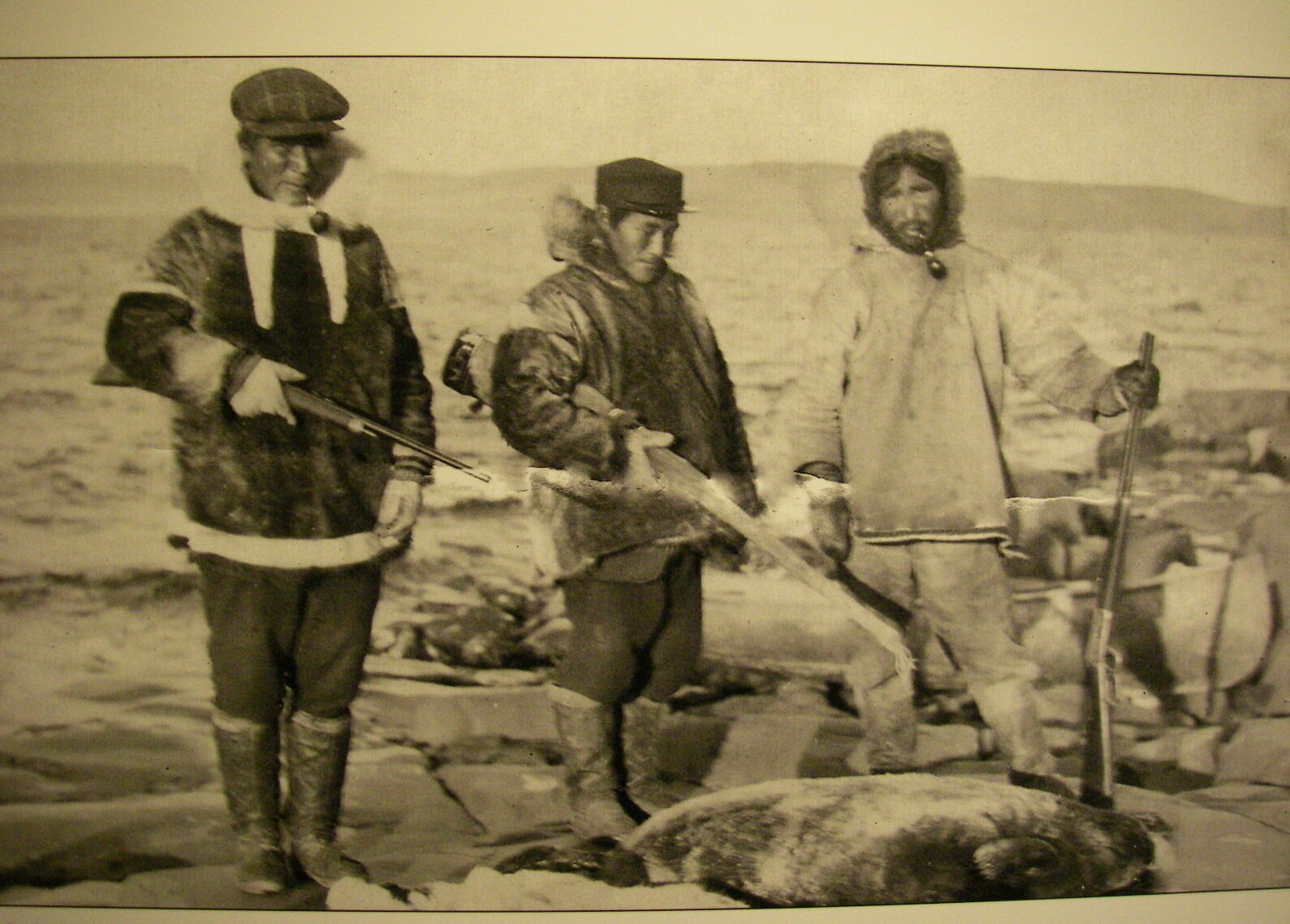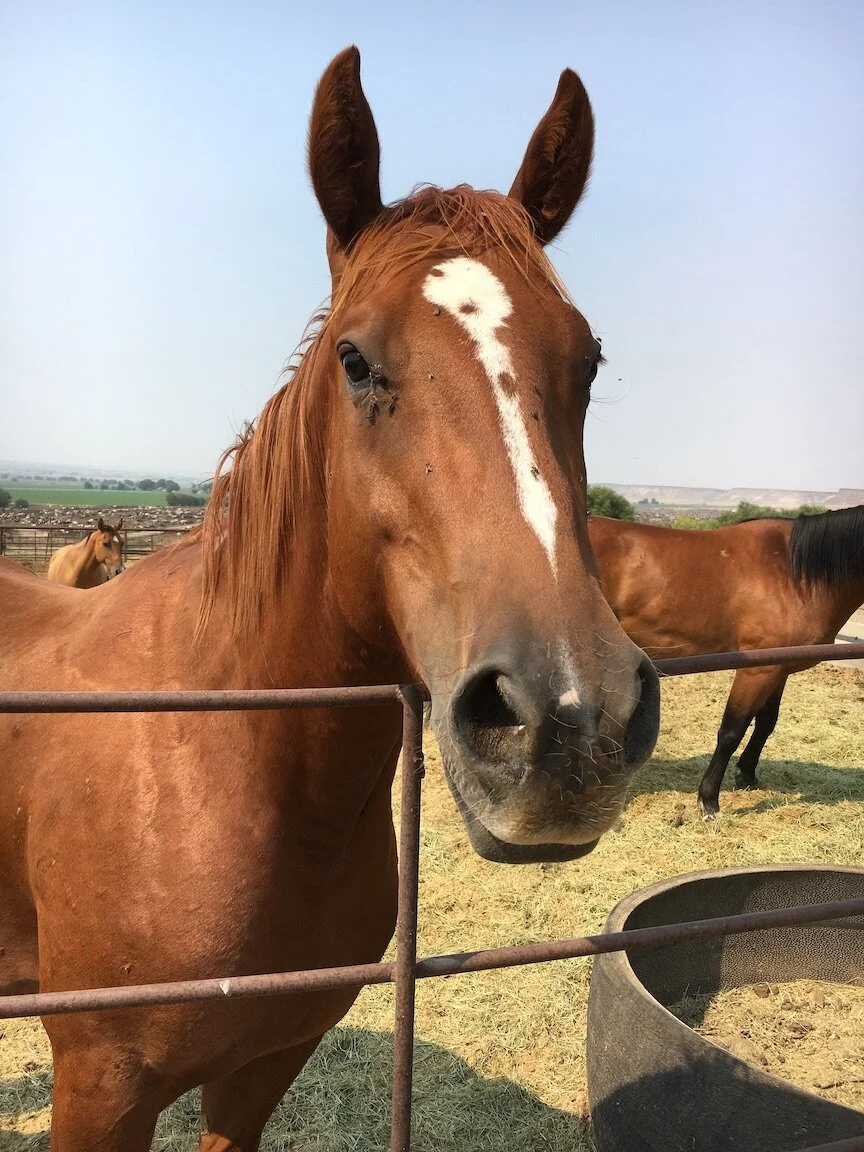Job one for hunters
After 45 years of hunting and 35 years writing about it, I haven't seen it all. But I've seen a lot of it. In 12 countries, 36 states and 6 Canadian provinces I've had the good fortune to pursue dozens of big game, small game, upland bird, waterfowl and predators/varmints with rifles, muzzleloaders, handguns, shotguns, air guns, recurves, compound bows and cameras. This all occurred during what I believe history will know as the Golden Age of Conservation Hunting. It truly has been the best time to be a hunter. There may not have been the game abundance of North America in 1600 nor Africa in 1925, but throughout my career populations of most species have been increasing. Access to them and convenience afield more than made up for the shortfall. And the conservation successes we hunters were able to fuel made one proud to be a part of it all. As most hunters at least superficially know, North America enjoys the wildlife and wild places it does largely because of conservation-minded hunters beginning with the likes of Teddy Roosevelt, George Bird Grinnell, Gifford Pinchot and George Shiras III, who started the Boone & Crockett Club. Clear back in the late 1800s they and like-minded sportsmen saw how the tide of humanity and westward expansion and exploitation was destroying not only entire species, but the land and habitat upon which it thrived. Sport hunters initiated political ideas like limited hunting seasons and harvests. They pushed for National Parks, Forests and Wildlife Refuges. Eventually they arrived at methods for funding these through hunting license sales and an excise tax on hunting equipment like guns and ammunition. Sure, plenty of selfish, short-sighted "hunters" balked and complained and even fought against these policies, but they lost. Their market hunting activities were soon ended. Game wardens hired by sport hunters stopped them. Society as a whole began to recognize the importance of sound wildlife management through limited, seasonal harvest and protection of breeding, feeding and wintering habitats. But not even this was enough. Individuals soon organized into non-profit conservation organizations the raised additional moneys and poured them into habitat restoration. Ducks Unlimited pioneered this and made a huge difference in wetlands protection beginning in the 1930s. Now we have the Rocky Mountain Elk Foundation, Ruffed Grouse Society, Wild Sheep Foundation, Pheasants Forever and dozens more groups, large and small, all working to improve habitat for wildlife. Those who can't comprehend the natural, essential role that predation plays in sustaining Nature's cycle of life pour millions of dollars each year into ending our hunter/conservationist system. This is a scientifically designed and tested system that has restored dozens of species to abundance, everything from elk and pronghorns to wood ducks and bald eagles. Imagine where "inconsequential" wetland species like black rails, American bitterns, black terns and upland sandpipers would be today if not for the millions of acres of prairie wetlands protected by waterfowl hunters and Ducks Unlimited.How many wolves could live in the Rockies if hunters hadn't spent 100 years restoring elk herds? You can bet when another cattail slough is about to be bulldozed Roosevelt, George Bird Grinnell, Gifford Pinchot and George Shiras III, who started the Boone & Crockett Club. Clear back in the late 1800s they and like-minded sportsmen saw how the tide of humanity and westward expansion and exploitation was destroying not only entire species, but the land and habitat upon which it thrived. Sport hunters initiated political ideas like limited hunting seasons and harvests. They pushed for National Parks, Forests and Wildlife Refuges. Eventually they arrived at methods for funding these through hunting license sales and an excise tax on hunting equipment like guns and ammunition. Sure, plenty of selfish, short-sighted "hunters" balked and complained and even fought against these policies, but they lost. Their market hunting activities were soon ended. Game wardens hired by sport hunters stopped them. Society as a whole began to recognize the importance of sound wildlife management through limited, seasonal harvest and protection of breeding, feeding and wintering habitats. But not even this was enough. Individuals soon organized into non-profit conservation organizations the raised additional moneys and poured them into habitat restoration. Ducks Unlimited pioneered this and made a huge difference in wetlands protection beginning in the 1930s. Now we have the Rocky Mountain Elk Foundation, Ruffed Grouse Society, Wild Sheep Foundation, Pheasants Forever and dozens more groups, large and small, all working to improve habitat for wildlife. Those who can't comprehend the natural, essential role that predation plays in sustaining Nature's cycle of life pour millions of dollars each year into ending our hunter/conservationist system. This is a scientifically designed and tested system that has restored dozens of species to abundance, everything from elk and pronghorns to wood ducks and bald eagles. Imagine where "inconsequential" wetland species like black rails, American bitterns, black terns and upland sandpipers would be today if not for the millions of acres of prairie wetlands protected by waterfowl hunters and Ducks Unlimited. How many wolves could live in the Rockies if hunters hadn't spent 100 years restoring elk herds? You can bet when another cattail slough is about to be bulldozed. No, hunters continue to be the dependable supporters and defenders of wildlife in this country and around the world. That's our track record. Let's not lose it. # # #


